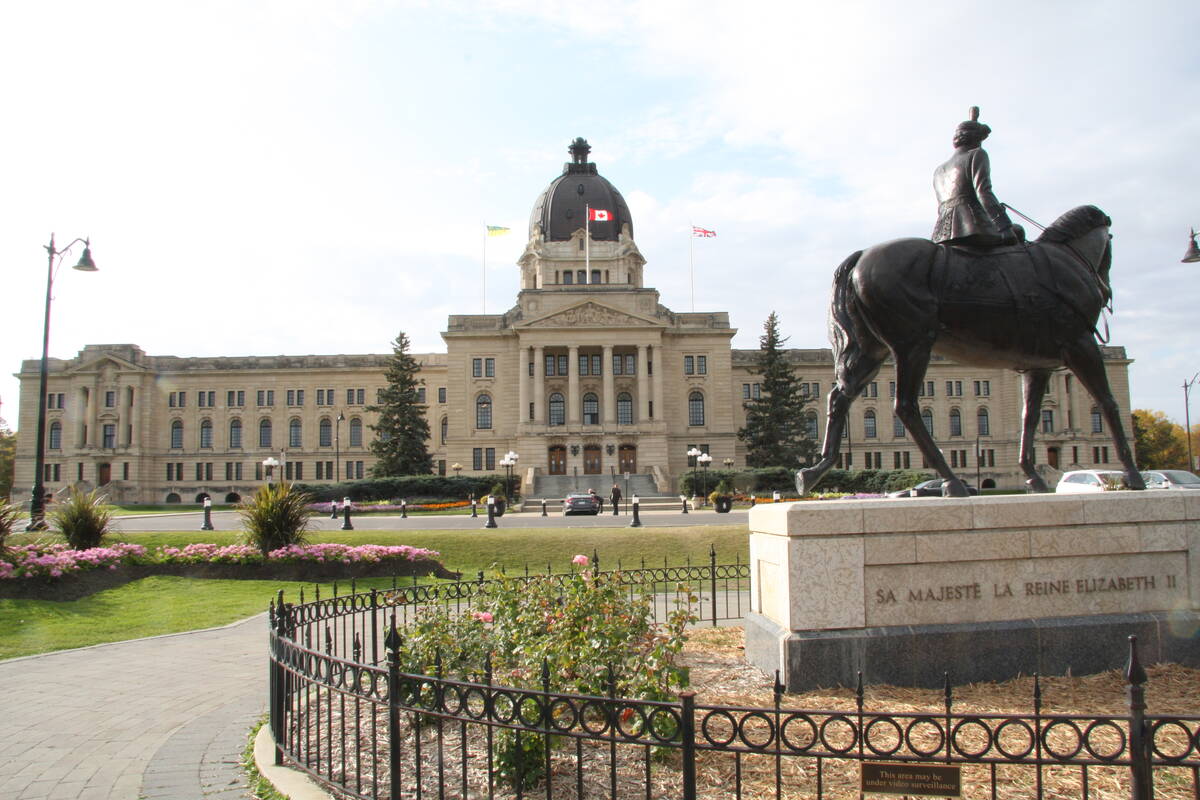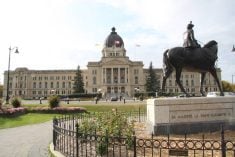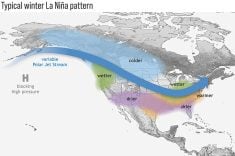After reviewing Stephane Dion’s changes to the Green Shift, Glenn Blakley, president of the Agricultural Producers Association of Saskatchewan, still believes that farmers are getting the nasty end of the stick.
“It’s absolutely unacceptable to the farmers of Saskatchewan, even with the changes,” said Blakley. ![]() “Modified slightly is not going to improve what is overall a very badly conceived position on the environment.”
“Modified slightly is not going to improve what is overall a very badly conceived position on the environment.”
On Sept. 3 at the federal Liberal caucus in Winnipeg, party leader Dion announced nearly a billion dollars in alterations to the Liberals’ carbon tax initiative, in order to lessen the financial impact on farmers, forestry workers and truckers.
Read Also

Saskatchewan throne speech promises strong economy
Saskatchewan’s legislative agenda for the coming year will focus on meeting the challenges of new world trading relationships, said the speech from the throne.
The Green Shift will now include $400 million in emission reduction credits to reward farmers that achieve “verified reductions in non-energy greenhouse gas emissions (GHG),” Dion said.
In addition, he unveiled a proposed $250 million program called the Green Farms Fund. It will provide rebates for farmers who adopt new technologies to reduce fuel consumption and GHG emissions.
“(Farmers) deserve financial assistance to reduce the upfront cost of technologies such as anaerobic digesters, biomass energy or geothermal heating systems,” Dion said.
He characterized the changes as a bridge toward a GHG cap and trade system. But until that is developed, which could take years, he said, the changes to the Green Shift will provide “a financial incentive for solutions such as no-till farming and carbon storage.”
Blakley was skeptical of the new version of Dion’s carbon tax, noting that farmers will only benefit from a cap and trade system.
“Until we get a national carbon trading mechanism in place, so that these large final emitters have access to some carbon offsets, we’re not going to see any change here,” he said.
“The studies we’ve done show that in Europe, I believe Norway, that a carbon tax did not reduce emissions one iota. And now they’re moving to a cap and trade.”
The president of the Keystone Agricultural Producers, Ian Wishart, was more supportive of Dion’s proposals.
“Initially it’s a move in the right direction, but we have to move to a cap and trade system as quickly as we can,” Wishart told the Winnipeg Free Press. “We can’t just keep paying without a return.”
Although the merits of a carbon tax versus a cap and trade system have been debated by academics and environmentalists, a University of Saskatchewan professor said cap and trade features financial carrots for farmers. That is often a better motivator than a big, ugly stick.
“It will give them incentives to adopt some of the beneficial management practices,” said Suren Kulshreshtha, an agriculture professor at the University of Saskatchewan.
He added that the carbon tax is better for consumers of energy, who have nothing to trade.















